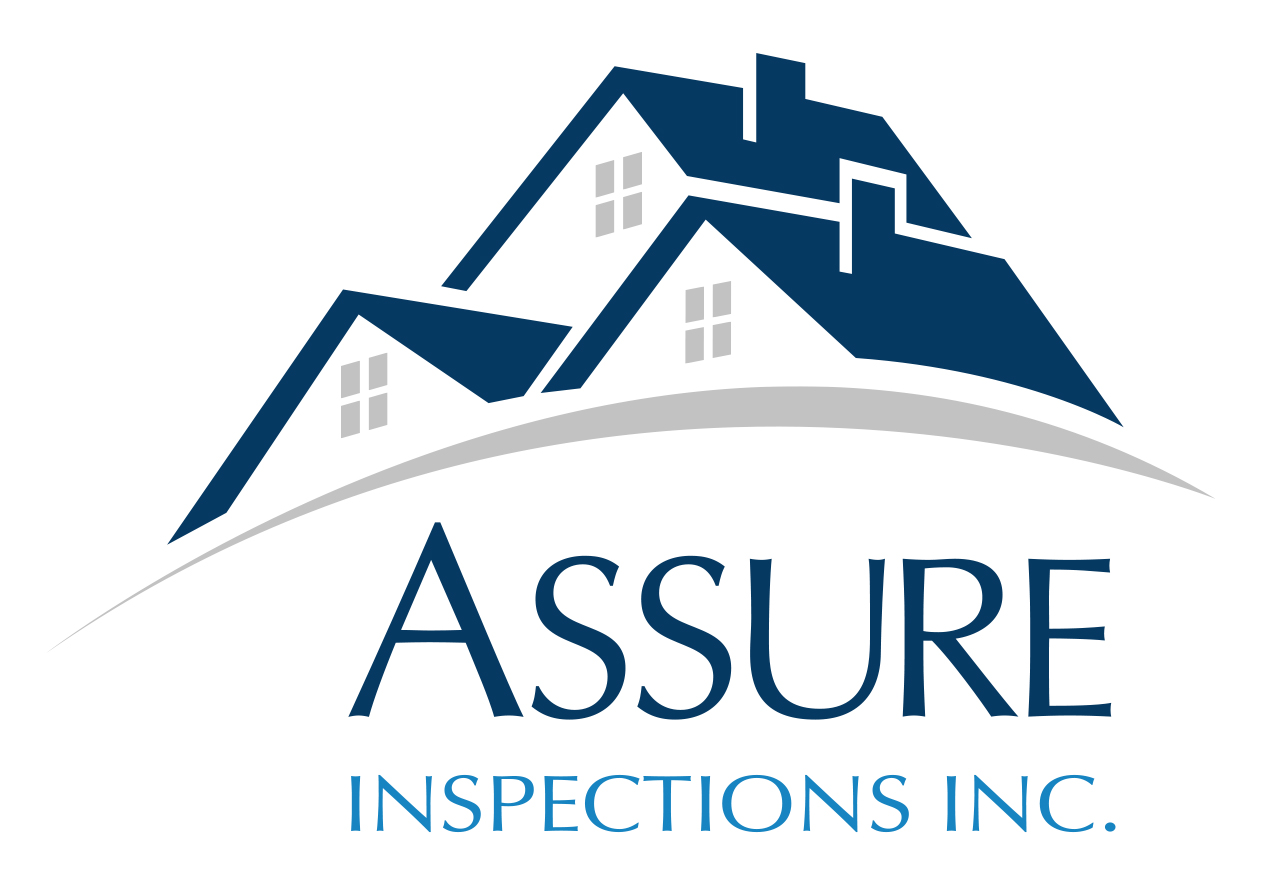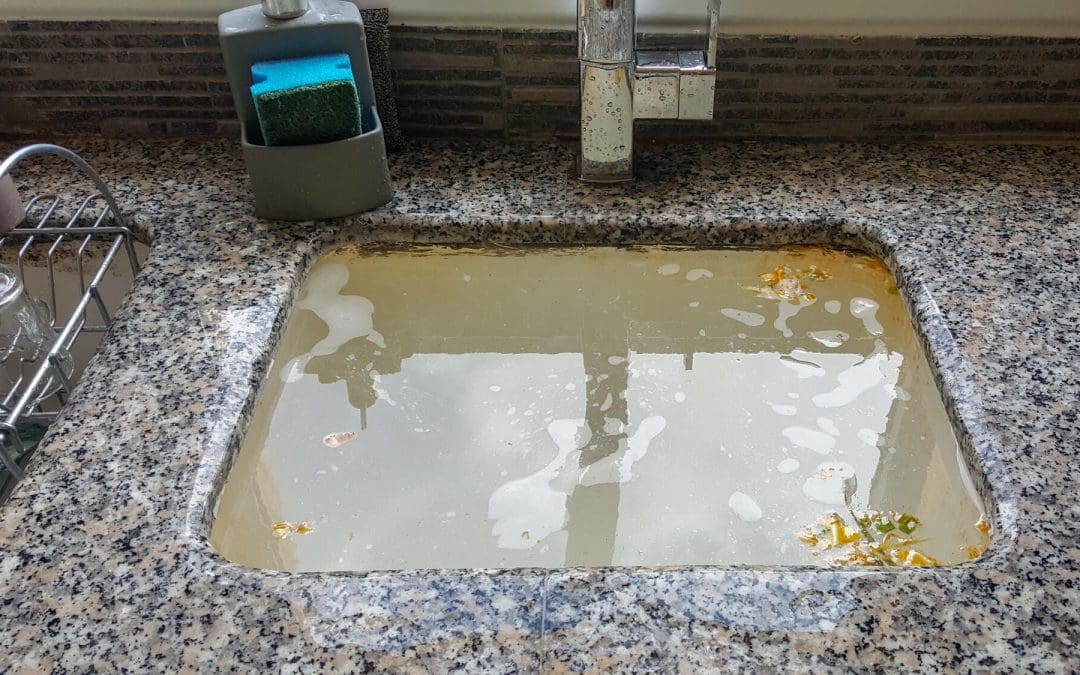A clogged drain can throw off your whole day. The water won’t go down, it starts to smell, and suddenly you’re elbow-deep trying to figure out how to fix it. You don’t need to panic or reach for expensive chemicals right away. You can unclog a drain with basic tools and household staples you already have. Here’s how to get your drain flowing again without turning it into a major project.
Unclog a Drain With Boiling Water
Boiling water is the easiest place to start. It works best on minor clogs caused by grease, soap, or product buildup. Boil a full kettle or pot of water, then pour it slowly down the drain in stages. Give it a few seconds between pours so the heat can loosen whatever’s stuck. If the water backs up immediately, the clog is probably more stubborn, and you’ll need another method.
Use a Plunger (And Use It Right)
A sink plunger creates suction that can knock loose a clog near the top of the drain. First, run enough water into the sink to cover the bottom of the plunger. Then press down firmly and plunge in quick bursts for 15 to 20 seconds. If you’re working on a double sink, cover the other drain with a wet rag or stopper to build better pressure. For bathroom sinks, pull the stopper first—hair usually collects right under it.
Try Baking Soda and Vinegar to Unclog a Drain
This combination is great for breaking up buildup and clearing odors. Pour half a cup of baking soda into the drain, followed by a cup of white vinegar. It’ll fizz up and expand—let it sit for 10 to 15 minutes. Then flush it with hot water. It’s not a cure-all, but it can loosen up small clogs and keep things cleaner over time.
Pull the Stopper and Clean It
In bathroom sinks especially, the stopper collects hair, toothpaste, and grime over time. If the sink drains slowly, the stopper is a good place to check. Most pop-up stoppers twist out or have a clip underneath the sink that you can loosen. Once it’s out, clean off the buildup and look into the drain. If you see hair or gunk just inside, grab it with tweezers or a drain hook.
Use a Plastic Drain Snake or Zip-It Tool
For clogs deeper in the line, a plastic drain snake works well. These tools are cheap, disposable, and easy to use. Push the strip down the drain and pull it out slowly. They’re designed to catch hair and debris and usually bring up something gross—which means they’re doing the job. Run hot water afterward to finish clearing the line.
Remove the P-Trap if Needed to Unclog a Drain
If none of the above works and the clog seems to be just below the sink, the P-trap may be blocked. That’s the curved pipe under the sink. Place a bucket under it, unscrew the slip nuts, and remove the trap. You’ll likely find trapped debris or solid buildup. Clean it thoroughly and reinstall it. It’s a little messy but straightforward and often solves the problem completely.
Skip the Chemicals (Most of the Time)
Store-bought drain cleaners promise fast results, but they come with risks. The chemicals are harsh, can damage old pipes, and are dangerous if mixed with other products. If you’re going to use one, follow the instructions exactly, and don’t mix different types. For regular maintenance and minor clogs, stick with mechanical or natural options.
Know When to Call for Backup
If you’ve tried the basic methods and the drain is still blocked—or worse, if multiple drains are clogging at once—it could be a sign of a deeper issue in your main line. That’s the point where a licensed plumber needs to step in. The same goes for backups involving sewage or standing water that won’t go away.
FAQs
Why does my sink keep clogging even after I clear it?
It’s usually from recurring buildup—hair, grease, food, or soap scum that keeps layering up. You may not be clearing the entire clog, or the pipe slope could be part of the problem.
Can I use a plunger on a kitchen sink with a garbage disposal?
Yes, but make sure the disposal is off. Plunging can help clear clogs beyond the disposal itself. If the disposal is jammed, use the reset button underneath or an Allen wrench to rotate the flywheel manually.
Is boiling water safe for all drains?
It’s safe for most metal and newer plastic pipes, but avoid using it on old, brittle PVC or ceramic drains. Always pour slowly and never mix with chemical cleaners.
What if nothing works and the drain still backs up?
That usually means the clog is farther down, possibly in the main drain line. At that point, it’s not something you’ll fix with a plunger. A plumber has the right tools to scope and clear it safely.
How can I keep my drains from clogging repeatedly?
Avoid dumping grease or food scraps in the sink, use drain strainers in showers, and clean stoppers regularly. Once a month, flush drains with hot water or a baking soda and vinegar mix to stay ahead of buildup.
Assure Inspections Inc. provides home inspections to the Chicagoland area. Contact us to schedule an appointment.

